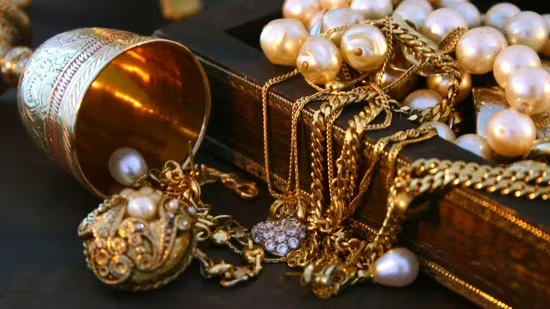Throughout history, humanity has been fascinated by the allure of hidden treasures waiting to be discovered. From ancient artifacts to lost riches, the quest for valuable treasures has captivated adventurers, archaeologists, and treasure hunters alike. While the value of a treasure can be subjective, several remarkable discoveries stand out for their historical significance and immense worth. This article will explore some of the most valuable treasures spanning different periods and regions.
1. The Staffordshire Hoard:

Discovered in 2009 by a metal detectorist in Staffordshire, England, the Staffordshire Hoard is one of the largest collections of Anglo-Saxon gold and silver artifacts ever found. Comprising over 3,500 items, including intricately crafted sword fittings, helmet fragments, and decorative objects, the hoard dates back to the 7th century AD. Valued at over £3.28 million, the Staffordshire Hoard offers valuable insights into the craftsmanship and material culture of the Anglo-Saxon period in England.
2. The Sree Padmanabhaswamy Temple Treasure:
Located in Thiruvananthapuram in Kerala, India, the Sree Padmanabhaswamy Temple is renowned for the vast treasures in its vaults. In 2011, archaeologists and government officials entered the temple’s vaults and discovered a staggering collection of gold, silver, precious stones, and antique artifacts. Estimates of the treasure’s value vary widely, with some reports suggesting it could be worth billions of dollars, making it one of the most valuable treasures ever found in India.
3. The Tomb of Tutankhamun:
Discovered by British archaeologist Howard Carter in 1922 in the Valley of the Kings, Egypt, the tomb of Tutankhamun is one of the most famous archaeological finds in history. The tomb contained a wealth of treasures, including gold jewelry, ornate furniture, chariots, and ceremonial objects. While the exact value of the treasures is challenging, they are considered priceless in their historical and cultural significance, offering valuable insights into ancient Egyptian royalty and burial practices.
4. The Antikythera Mechanism:
Discovered in 1901 by Greek sponge divers off the coast of the island of Antikythera, Greece, the Antikythera Mechanism is an ancient analog computer believed to have been used for astronomical calculations and predictions. Dating back to the 2nd century BC, the device consists of a complex system of gears and dials encased in a wooden box. While not traditionally considered a treasure in the conventional sense, the Antikythera Mechanism is priceless in terms of its scientific and historical significance, providing valuable insights into ancient Greek technology and astronomy.
5. The Lost Dutchman’s Gold Mine:
The Lost Dutchman’s Gold Mine is a legendary treasure that is said to be located somewhere in the Superstition Mountains of Arizona, USA. According to legend, the mine was discovered by a German immigrant named Jacob Waltz in the 19th century and is rumored to contain a vast fortune in gold ore. Despite numerous expeditions and treasure hunts over the years, the mine’s exact location remains a mystery, fueling speculation and intrigue among treasure hunters and historians alike.
6. The Crown Jewels of the United Kingdom:
Housed in the Tower of London, the Crown Jewels of the United Kingdom are a collection of ceremonial regalia, including crowns, scepters, orbs, and ceremonial swords, used in coronations and state occasions. Among the most famous pieces are the Imperial State Crown, the Sovereign’s Scepter with Cross, and the Koh-i-Noor diamond. While the Crown Jewels hold immense historical and cultural significance, their exact value is incalculable due to their status as priceless national treasures.




